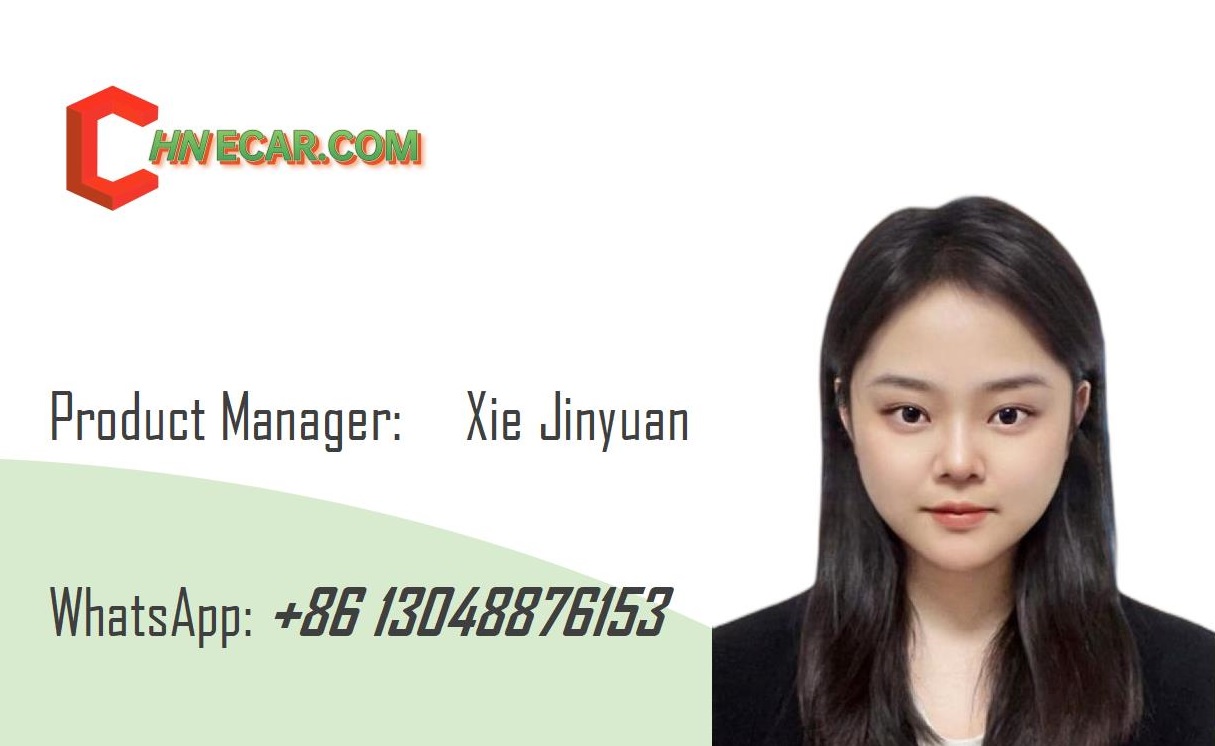China's Auto Industry Encounters Extreme Challenges
There is no worst, only worse.
China's auto sales topped out in 2017 and have been in bad shape ever since. 2021 saw a resurgence of new energy contributions, but the supply chain crisis and the subsequent epidemic have repeatedly hit the industry, making it an unprecedented challenge.
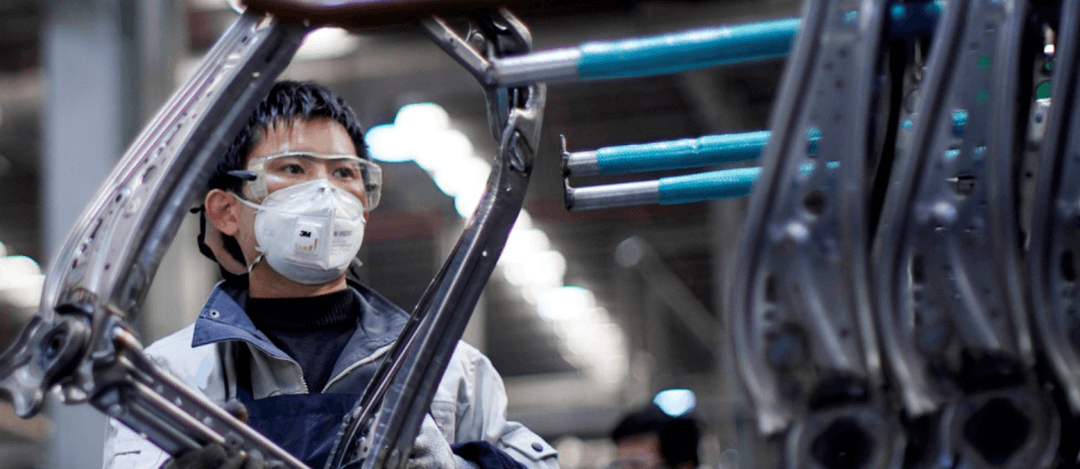
What to do?
On May 31, CAC held an online strategic trend-sharing session - "The crisis and opportunity of the auto industry under the impact of the new crown epidemic". At the meeting, we invited Huang Yonghe, senior chief expert of CAC and deputy director of General Division Office, Tan Huilong, director of Strategic Foresight Validation Division of Changan Automobile Strategic Planning Department, Ye Hai, director of Huayu Automotive Systems (Shanghai) Co., Ltd, Li Xinbo, senior engineer and field expert of CAC Xinke, and Li Xudong, senior director of Strategic Research and Intellectual Property Department of CAC Xinke, to make an in-depth analysis of industrial development.
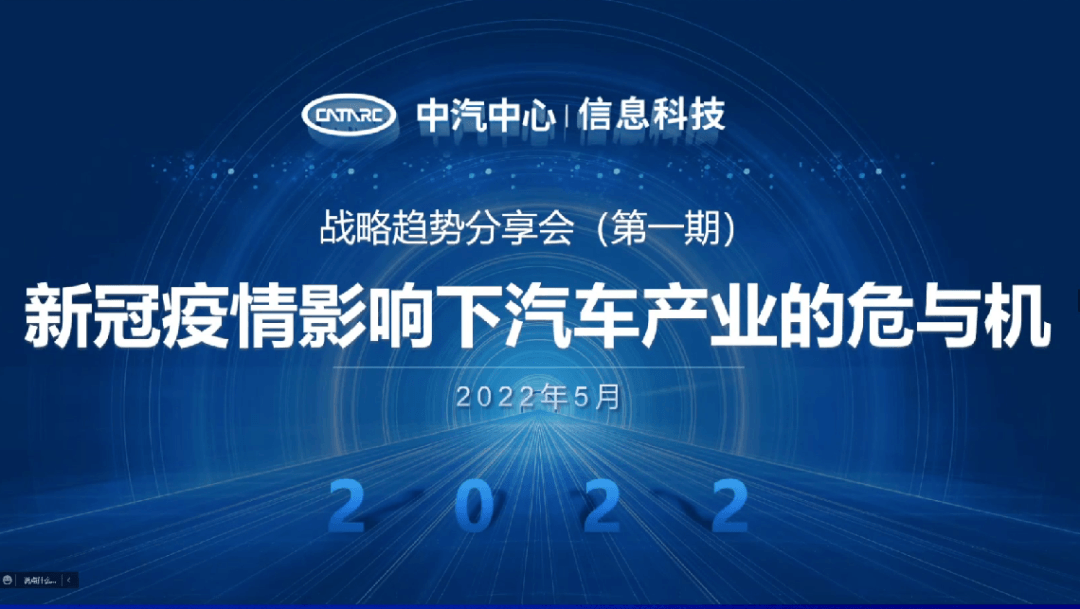
They mainly analyzed and discussed the following issues and came to these conclusions.
Where is the ceiling of China's auto production and sales volume? --30 million units.
How to cope with the shrinking consumption situation as consumer income growth slows under the epidemic? --Huang Yonghe recommends "stabilizing supply and improving quality", reducing vehicle purchase taxes, and further stimulating new energy vehicle consumption.
What are the crises and challenges facing the automotive supply chain and how to deal with them? --Automobiles are entering the era of high cost, and chips should be replaced by localization.
Market demand is declining, how should companies survive under the wave of intelligent electric vehicles? -- Cost reduction becomes the theme, the value chain is reconstructed and shifted from chain ecology to mesh ecology.
01
Market ceiling: 30 million units
Faced with the decline of annual auto sales in previous years, there is no question that the industry is most concerned about whether China is approaching a sales ceiling?
From the viewpoint of several experts at the conference, the answer is yes. Huang Yonghe, Tan Huilong, and Ye Hai coincidentally all gave a prediction of a 30 million sales peak.
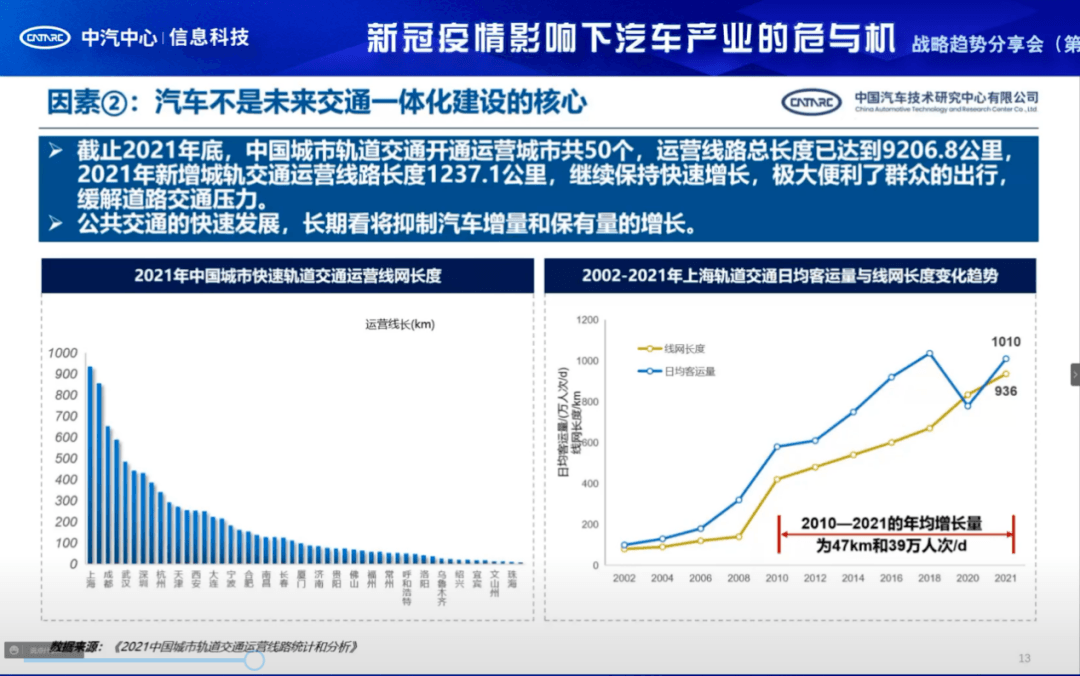
As early as 2011, Huang Yonghe judged that the ceiling of China's auto production and sales in the next ten years was 28 million units. Today, he still continues his previous judgment that the peak annual sales of China's auto market will not exceed 30 million units.
Huang Yonghe is based on the city's road carrying capacity, the base of the consumer population, fuel supply, and other elements of judgment, "these driving market growth factors are undergoing fundamental changes."
Huang Yonghe believes that, in the long run, the rapid development of public transportation will certainly inhibit the growth of the overall car market.
The data given by Huang Yonghe shows that by the end of last year, China's urban rail transit opened in 50 operating cities, and the total length of operating lines has reached 9,206 kilometers. Last year, 1,237 kilometers of new rail transit lines were added.
In addition, the popularity of autonomous driving and sharing and the declining birth rate will also reduce the demand for car consumption.
Tan Huilong also said that they predict the peak of car ownership is based on about 450-500 million, and the peak of sales scale is measured according to the peak of ownership, and the scale of 30 million units is about the same.
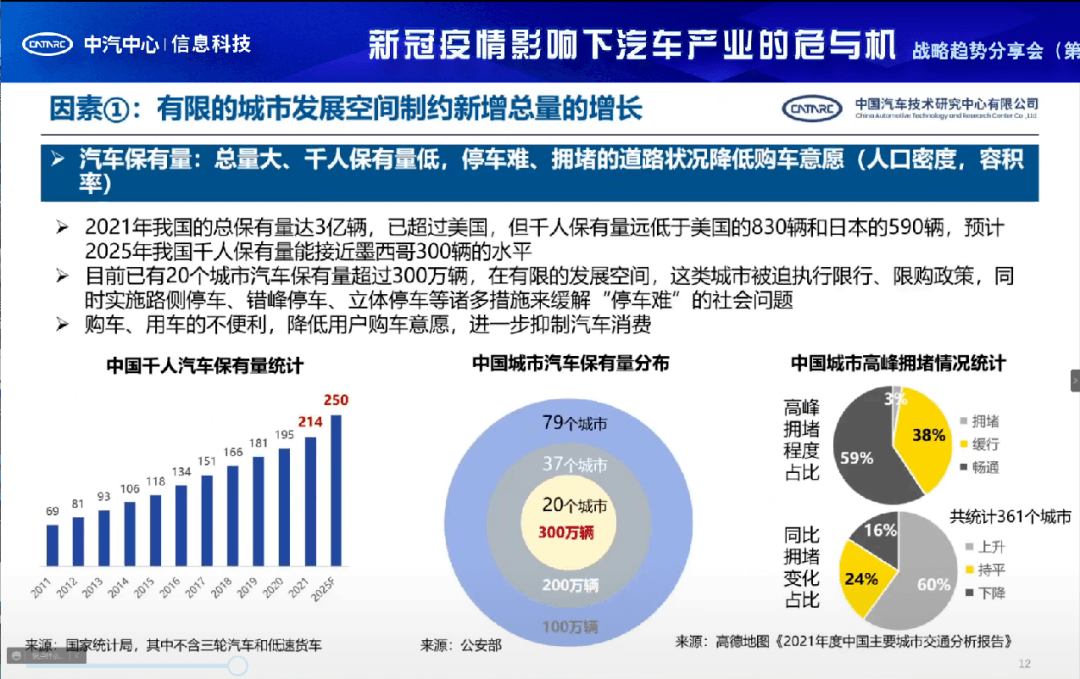
Li Xinbo believes that from 2018-to 2023, China's auto market are in a period of fluctuation and adjustment, and there will be no significant growth because the amount of car scrapping and renewal in these years is relatively small, but he believes that 2024-2025 will usher in a large number of scrapping and renewal. "That is to say, in 2024, China's auto market will usher in a new round of growth."
Because 15 years back from 2024 - to 2009 - coincides with the first round of China's large-scale stimulation of auto consumption, that is, the year of the implementation of the auto rural policy.
But experts at the conference were optimistic about the penetration of new energy vehicles.
According to Tan Huilong, the low growth of the total number of cars does not mAION that all models are competing for stock, and new energy vehicles have maintained explosive growth for many years in a row.
New energy vehicles have entered the market-oriented stage of development from the policy push, so the current consumer preference for new energy vehicles has increased significantly, and the advantages of the use side are also improving, such as charging convenience, which has been greatly improved; new energy vehicles enjoy the right of way, and the driving experience of new energy vehicles is much higher than that of fuel vehicles.
Tan Huilong said, from the market research, that the younger generation likes new energy vehicles more. In the stage of 18 to 40 years old, most of them like new energy vehicles, both new and replacement users, which shows that the explosive growth of new energy vehicles already has the foundation of the market.
Ye Hai also gave a set of data, they predict that the penetration rate of energy vehicles will reach 44% in 2025, which is much higher than the official planning target. "In particular, we think small cars like A0 small cars will grow at a high rate, and the market share of independent brands is expected to be more than half in the future."
In Huang Yonghe's view, the recurring epidemic in the short term, increased downward pressure on the economy, declining growth in consumer disposable income and lack of consumer confidence have also had an impact on the new energy vehicle market.
Li Xinbo shares the view of Huang Yonghe. Li Xinbo believes that according to Maslow's demand theory, in an economic downturn, consumers will give priority to reducing growth demand, and automotive products precisely belong to the category of growing demand. Under the disturbance of the epidemic, the consumption habits of residents have changed fundamentally.
Once auto consumption decreases, it will have a great negative impact on the auto industry chain and even the entire economic growth. Therefore, stabilizing auto consumption and ensuring supply chain security is the current priority.
02
Stabilizing consumption: purchase tax exemption and breaking local protection
In terms of stable consumption, Huang Yonghe put forward several suggestions, one is "stable supply and quality". The key to stabilizing consumption is to ensure the robustness of the supply chain under normalized epidemic prevention and control, especially to enhance the supply capacity of core components represented by chips.
For example, in the epidemic prevention and control, we should implement "one enterprise one policy", "one factory one case", precise policy.
Second, is the reduction of car purchase tax. The State Council executive meeting recently proposed a "phased reduction of 60 billion yuan in the purchase tax on some passenger cars", the purpose is to boost consumer confidence through the implementation of tax reduction policies.
For new energy vehicles, Huang Yonghe also put forward his personal idea, hoping to officially announce the extension of the purchase tax exemption policy for new energy vehicles until the end of 2025.
Because the new energy vehicles themselves do not levy purchase tax, the purchase tax reduction favors fuel vehicles and is negative for new energy vehicles.
For the current "single-vehicle price (excluding VAT) does not exceed 300,000 yuan of 2.0 liters and the following displacement passenger vehicles, a 50% reduction in vehicle purchase tax", Huang Yonghe said bluntly, the stimulus is too strong, the negative impact on new energy vehicles is very large.
BYD's new energy for two consecutive months is more than 100,000 units, and in March has announced that it no longer produces and sells traditional fuel cars. "If we this piece of policy only to the traditional car, I personally think for the confidence of companies like BYD only production and sales of new energy vehicles will have a greater impact, and will have a serious negative impact." Huang Yonghe said.
Huang Yonghe also mentioned the issue of local protection. For new energy vehicles, each place has its own "small standard", and "small directory", the national government level issued a variety of documents, requiring the abolition of local protection, but did not fundamentally solve the problem. Huang Yonghe proposed, that in order to completely end, must be supervised by the State Council department implement only.
Huang also suggested that the study of the overall reform plan of the green tax system for automobiles should be started as soon as possible. "That is to say, under the premise of ensuring the overall balance of auto taxation, based on the current auto tax system, the study of the overall reform program of the auto tax system should be launched as soon as possible, especially to increase the regulation of energy-saving and low-carbon products, and to study the green tax system of auto-based on energy efficiency indicators as soon as possible."
This series of measures is to reduce the purchase cost of consumers and enhance consumer confidence.
03
Supply chain crisis and countermeasures
In addition to stabilizing consumption, the auto industry chain is also facing great challenges in the long run.
The crisis of the auto supply chain is divided into two aspects: the common problems at the international level and the problems of the Chinese industry chain itself.
In terms of common problems, Tan Huilong believes that they are mainly reflected in high costs. "The world has entered the era of high cost, which is a great pressure on the operation of the automobile manufacturing industry."
Tan Huilong said that the high cost is mainly reflected in four aspects.
The first is the increase in human resources costs. after the outbreak of the epidemic in 2020, on the one hand, the unemployment rate is surging, but the decline in labor participation rate also makes various industries have different degrees of labor shortage, accompanied by the rising wages. In the United States, for example, the average wage has increased by a cumulative 10.7% in January 2022 compared to the average wage in 2019.
A similar problem exists in China. The share of China's working population under the age of 59 is shrinking rapidly, while the average wage increase in China over the past 10 years has exceeded the average GDP growth rate by more than 10%. Because of the relatively long auto industry chain, the impact is also very evident.
Second, after the outbreak of the epidemic and the Russia-Ukraine conflict such as geopolitical conflicts, each country is trying to find ways to build its own internal grand cycle and is developing backup plans for key technology core technology, leading to a decline in global resource allocation efficiency and rising costs. Counter-globalization may bring about a decline in global resource allocation efficiency.
Third, the frequent occurrence of geopolitical events has led to more vulnerable commodity prices and supply chains, and transportation costs are increasing significantly. For example, after the Russia-Ukraine conflict, is through the Russia-Ukraine line out or a lot of commodities are very affected by a very large impact on the cost of transportation is increased very significantly.
Fourth, the global green transformation will also push up the price of new energy, raising the cost of green energy investment. In the short and medium-term will still face upward pressure on energy prices.
The most difficult problem in China's auto industry chain is the "neck" of the chip.
For the chip problem, Huang Yonghe said frankly, it is difficult to solve in 2-3 years, mainly because of the lack of wafer manufacturing capacity. At present, only part of the domestic IGBT and wiper control chip can produce their own manufacturing, other products can not meet the requirements of car companies.
Of course, China is also actively promoting domestic alternative programs. Li Xudong in the introduction of China's chip industry, said frankly, from the overall technical strength, China only in the chip design and packaging link has a certain advantage, in other parts of the industry chain, more dependent on foreign technology, especially the large computing power of high process MCU chips.
In the view of Li Xudong, China's wafer fabricators are few, there are only nine wafer fabricators, mainly in the Yangtze River Delta region, the most noteworthy should be TSMC, TSMC is now the world's largest foundry, customers mainly include Apple, Qualcomm, NVIDIA, these technology companies.
Of course, the trend of domestic substitution of automotive-grade chips has begun.
Li Xudong said, at present, the replacement process of domestic IGBT is the fastest, in the new energy electronic control system inside a relatively high proportion, the process barriers are moderate, Chinese companies are still relatively easy to enter the game.
For AI chips used in autonomous driving, the market demand is still relatively small, and Chinese enterprises' investment in AI chips and the scale of investment funds are smaller than that of IGBTs. However, as the demand for autonomous driving continues to rise, the prospect of the replacement of domestic AI chips is still worth looking forward to.
In other more important MCU and memory chips, the localization of the replacement process is still relatively slow. In Li Xudong's view, the difficulty of MCU chips is the wide range of applications, domestic companies want to do everything is more difficult, and the solution is to gradually breakthrough into specific parts.
Another difficulty in the wafer production, MCU TSMC foundry accounted for up to 70%, so to achieve a truly independent supply, it will take some time.
To promote the replacement of automotive chip localization, Li Xudong believes that the following four aspects are recommended to work.
First, it is recommended that the establishment of special support funds support domestic chip companies to carry out technical research and development and testing work.
Second, it is recommended to promote domestic chip companies to break through the key technology of reliability design, carry out research on ISO26262 and other standards in automotive chip verification, and help chip companies to design chips from the source to meet the requirements of automotive specifications.
Third, it is recommended to promote the flow of packaging and testing enterprises to implement the TS16949 quality system, only after reaching the TS169 quality system, the vehicle enterprises can go to use domestic chips with confidence.
Fourth, accelerate the development of domestic reliability-related basic standards research, all parties to collaborate to complete their own domestic standards system.
04
Competition among car companies: cost reduction and value chain reconstruction
In the view of Li Xinbo and Tan Huilong, enterprise competition has also entered a new stage.
(1) Cost reduction is the key to survival
Faced with the high cost of the auto industry, Li Xinbo believes that cost reduction is still the top priority for car companies to survive and develop.
Li Xinbo took the Volkswagen Group as an example for analysis: from the sales, the Volkswagen Group is in the stage of shrinking sales, in contrast, the profit per vehicle is increasing significantly.
Li Xinbo believes that this is the result of the VW Group's cost-focused strategy. Of the five parts of the 2030 New Auto strategy released by the VW Group, four parts focus on cost reduction.
For example, in the economic indicators, it is proposed to reduce fixed costs by 5% and material costs by 7% by 2023; in the platform development, VW will adopt the SSP platform in the future, which is the next-generation mechatronic platform, and the core of the platform strategy is to reduce costs; in the battery and charging, VW proposes to introduce standard electric cells, and by increasing the common rate of electric cells, it will reduce 50% by 2030. Cost; mobile travel solutions, is to vigorously develop high-grade automatic driving, automatic driving development in addition to solving traffic safety problems, but also to improve travel efficiency and continue to reduce costs.
In the case of the Volkswagen Group can be seen, the profit model of new energy vehicles has changed in nature, and the future is likely to rely on ecological profit.
Li Xinbo also cited the example of new power companies. Company A's sales reached 550,000 units in 2021, with a 38% year-on-year increase in operating income, but its net profit had a 28% drop from 2020. According to Li Xinbo, its core problem is the lack of cost control ability.
Further analysis will reveal that the enterprise's government subsidies credited to the current statement in 2021 are as high as 2.263 billion yuan, and if 2.263 billion yuan is excluded, then only 782 million yuan is left for the current profit.
Plus the points situation, in 2021, enterprise A can get at least $943 million in revenue from the points.
The problem is that the supply and demand of points have improved significantly in the past few years. The mainstream negative points companies are all able to clear zero through offsets from affiliated companies, including SAIC-GM, FAW-Volkswagen, and so on. The price of points trading may be further reduced in the future.
In this way, the points gained by new energy vehicle enterprises are getting lower and lower.
Accordingly, Li Xinbo came to several conclusions. First, no new energy vehicle companies that have not reached economies of scale can achieve profitability at present. Second, after subsidies are withdrawn, new energy vehicle companies that have the ability to sustain financing will survive. If profitability does not improve, many new energy vehicle companies will be eliminated because capital is profit-seeking. If they continue to be unprofitable, the financing situation will deteriorate. Thirdly, all traditional auto companies have not lost the strategic window for developing new energy vehicles, which means it is not too late for these traditional auto companies to develop new energy vehicles vigorously.
(2) Value chain restructuring and supply chain reshaping
The value chain of the new energy vehicle industry is already different from that of traditional car companies. Tan Huilong explained that the characteristics of the value chain of the traditional auto manufacturing industry follow the smile curve of the manufacturing industry, that is, the manufacturing enterprises have higher added value at the R&D and marketing ends.
Tan Huilong believes that there is still a relatively low-profit contribution from the production end. But in the era of intelligent networked cars, the added value of the front and back end of the products built based on software will be greatly enhanced.
Tan Huilong gives an example through Tesla and BYD. Tesla's valuation in 2020, the car business only accounted for 20%, the value of new business accounted for 80%, of which software updates accounted for 20% of the total value of Tesla. Among Chinese brands, BYD is similar, with new business accounting for 55% of the valuation in 2021 alone.
The restructuring of the value chain will also bring about changes in the automotive ecology. Tan Huilong believes that this traditional chain relationship is changing to a mesh ecology, forming a strong coupling of this relationship. In the traditional industry chain, the main relationship between auto companies and upstream and downstream is a supply relationship.
This relationship is now changing to a strategic partnership. All participants in the ecological chain are deeply involved in the whole value chain, such as user research, product definition, technology development, and customer operation.
Huawei, Tencent, and other Internet technology companies have already been deeply involved in building the intelligent network linkage value ecosystem with the whole process from customer demand research to product development for vehicle manufacturers, not just to make the development of partners more convenient and efficient and bring the ultimate travel experience to consumers.
And in this process, these strong companies in the core technical capabilities around the intelligent, and customer resources on this fight, there will also be some of the right to speak. In addition, Baidu, Xiaomi, Huawei, and other technology companies are still ambitious to build cars, which will trigger the war between the old and new forces in China's auto market.
According to Tan Huilong, this is a boon for China's auto industry, which promotes the prosperity of the market and can make China's auto industry rejuvenate.
The development of intelligent networked vehicles, superimposed on the continued spread of the global epidemic, economic recession under pressure, the competition between enterprises is the ability to control costs and efficiency, survive the winter to usher in the next round of growth.


